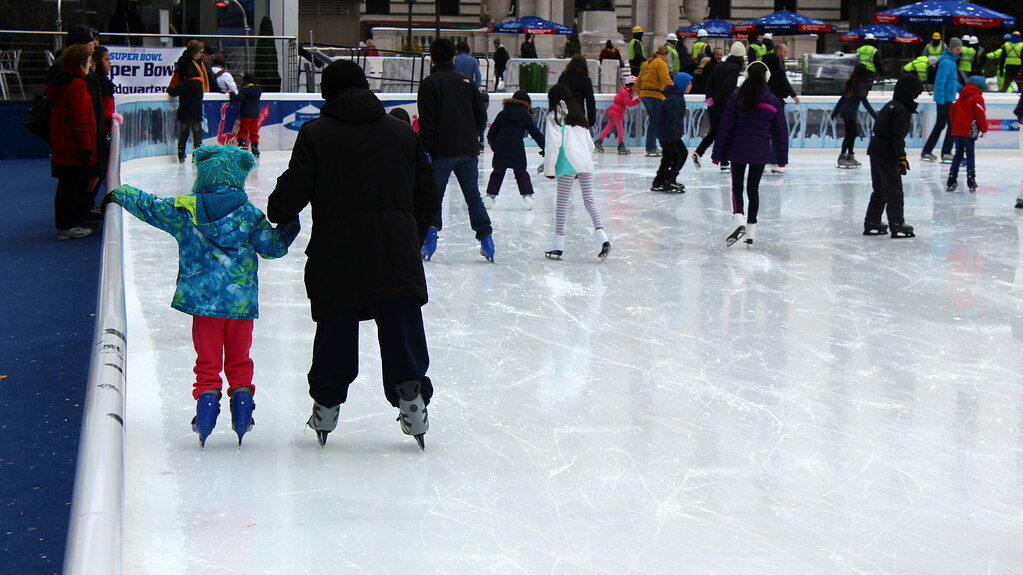Here's an article about the physics of ice skating, particularly the effects on and of the ice itself:

 bigthink.com
bigthink.com
But here's a passage that sums up what the fundamentals of figure skating are all about:
As the sport has matured over the last couple of centuries, controlling that motion has allowed skaters to perform ever more complex moves on and above the ice. But at heart, it's always about controlling the motion of the blades through the motions of the body.

The act of ice skating is a miracle of physics
While ice itself is slick, slippery, and difficult to navigate across under most circumstances, skaters easily glide across the ice.
But here's a passage that sums up what the fundamentals of figure skating are all about:
...if you put thin blades on the bottoms of your shoes — e.g., wear ice skates — you’ll discover that the situation is very much different in this case. As long as you can remain on your feet, with only your blades touching the ice, you’ll find that you can control your motion relatively easily, simply by applying forces through your feet (and the blades) to the ice down below. You can speed up, slow down, or change direction at will...
As the sport has matured over the last couple of centuries, controlling that motion has allowed skaters to perform ever more complex moves on and above the ice. But at heart, it's always about controlling the motion of the blades through the motions of the body.



